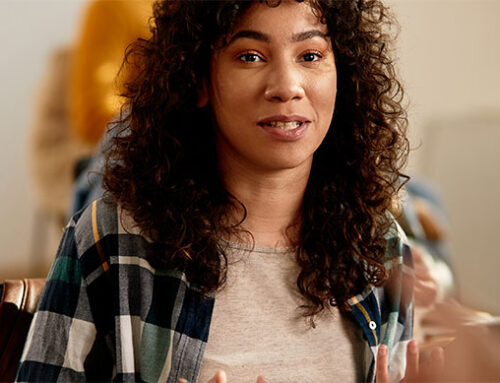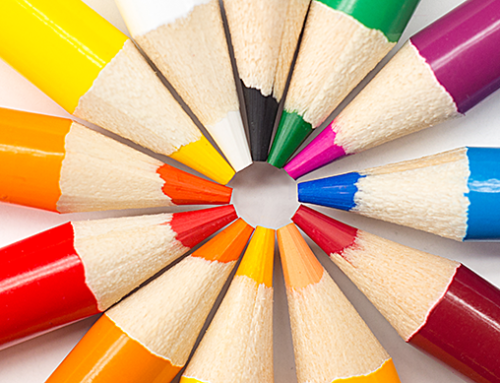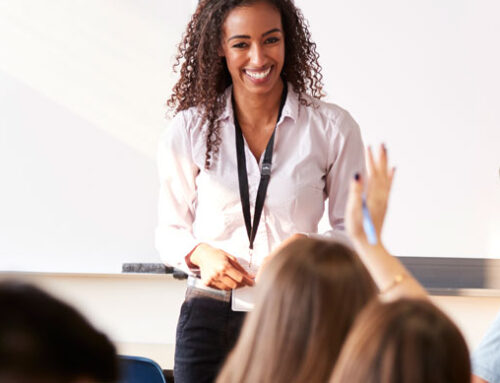It’s true, students likely have not learned what they would have in a pre-Covid, fully in-person school year. Standards of where a student should be, at a certain grade level, are defined. Schools that use competency based grading systems and or that are a high functioning PLC may also have defined what is essential for students to learn, and how to help get them there.
While it can’t be ignored that many students will need academic support or interventions in the months ahead, it’s worth noting that so much of this has been based on standards that apply to seat time. Judging student learning based on how long they sit in a seat is the traditional method of schooling, and is often reflected in traditional grading methods. But it’s also outdated. What do students really need?
How is Learning Measured?
How long a student spends sitting in the classroom has little correlation to their actual learning. During the pandemic, this has been made especially clear. Why base student learning on an outdated and even impractical system?
Many schools, even states, have begun to rethink and shift the way they define and measure student learning.
Flexible schedules and learning that meets individual student needs are becoming more and more essential. As schools head towards a new year and a new approach, they will need time to give students academic supports, and certainly social emotional supports, built into the school day.
But enrichment will be key as well. Historically in schools, enrichment opportunities have been reserved for the kids who are ‘high achievers’ or those who have reached the desired competency levels.
Who Deserves Enrichment?
But is it only those high-performers who deserve enrichment? They may be meeting the standards, but does that make them more deserving of enrichment than students who are struggling? Should a student who is not meeting standards always be solely focused on “catching up” during intervention sessions?
Imagine being that student. Or maybe you, as an educator now, don’t have to imagine too much. Maybe you were that student. How does it feel to spend days trying to catch up to your peers, to be labelled as “behind”?
When you start putting kids in boxes, it affects how feel about themselves. And this will, ironically, impact their academic performance.
The Impact of Enrichment
But what about enrichment? What if every student, regardless of their academic standing, was given the opportunity to take part in enrichment classes, to discover or explore the things they’re passionate about? This can create self-confidence, and ignite a desire to learn. It can make a student look forward to coming to school every day.
As schools consider how to focus their schedule into the next school year, defining essential standards for learning, what it is you want students to know, of course needs to be a priority. But instead of viewing students with a deficit mindset, why not see what they have learned and accomplished this past year, see their potential, see the whole person. Don’t take away their opportunities for enrichment. These may just provide the spark, and the healing that they need to be successful, happy learners.





